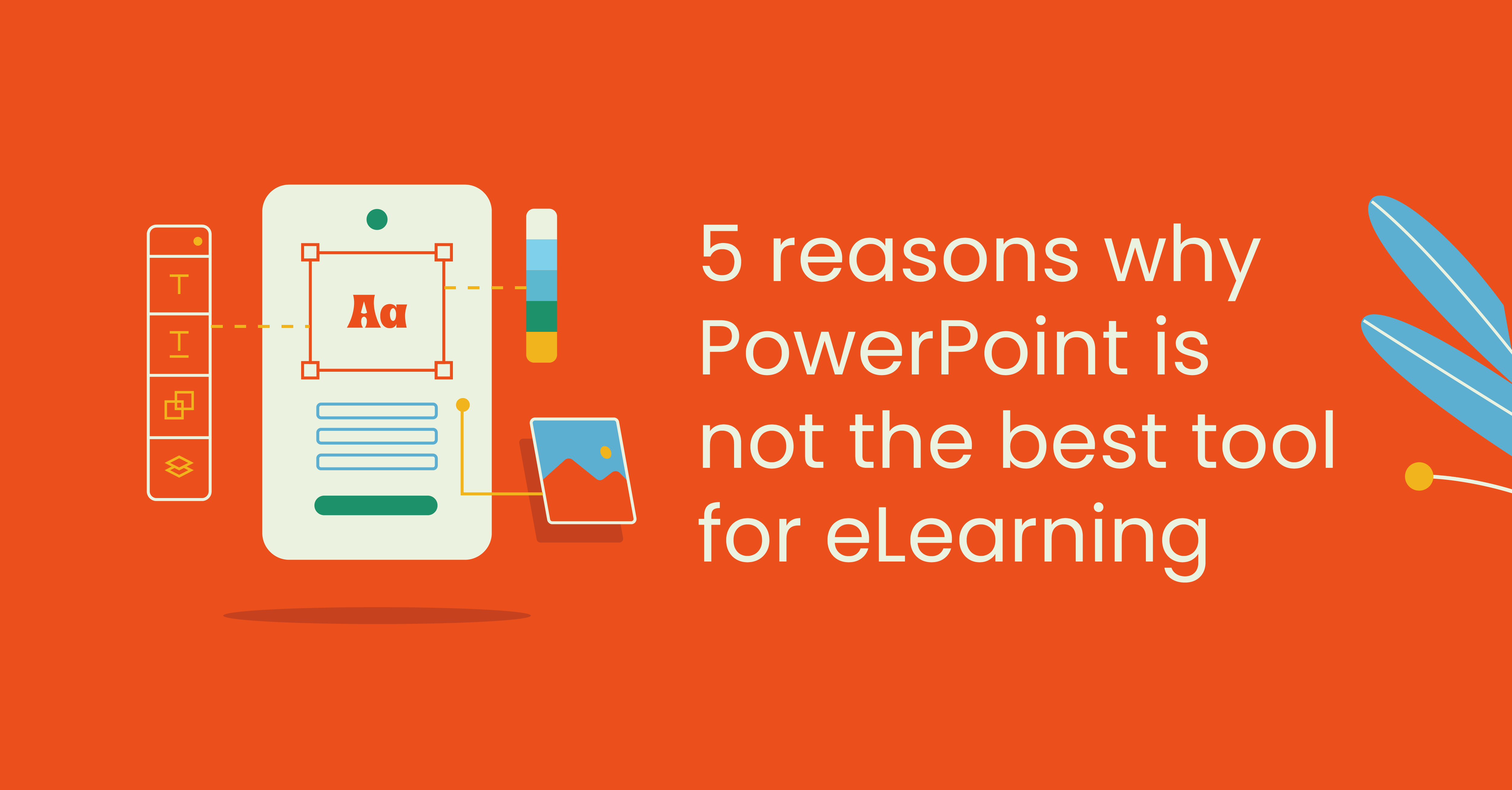5 ways to promote Te Reo Māori in the workplace
Te Wiki o te Reo Māori or Māori language week is celebrated in September every year. In 2024 Te Wiki o te Reo Māori is the 14-21 September.
The last few years have seen a shift in the revitalisation of te Reo Māori. The movement is gathering momentum, as more and more people become intrigued and express their desire to learn the language. This critical mass is partly as a result of the first generation of children raised in Kohanga Reo and Kura Kaupapa becoming adults and moving into professional life. The graduates of these full immersion te reo Māori learning environments are in all spaces: education, business, medicine, journalism, government, and law, connecting people to te reo Māori, and creating a sense of excitement and enthusiasm.
We caught up with Te Ataahia Hurihanganui, founder of Reo Rua, a Māori language consultancy in Wellington and the Wairarapa, and Chris Maika, a consultant creating learning experiences about te ao Māori. Taahia and Chris generously shared their top tips on ways to integrate te reo Māori more into your workplace.
1. Start small
Chris says, something is always better than nothing. If you try for the perfect solution it may paralyse you. So just start somewhere, because even small steps can lead to great steps forward. Some basic learning around Te Ao Māori is a great place to start, and Chris gives three recommendations.
- The language is the paramount thing. And while more use of te reo Māori in everyday life means New Zealanders are becoming familiar with more Māori words, not knowing how to pronounce words can stop people speaking out loud. Learning to pronounce the names of people and places correctly signals respect and gives learners confidence. So, start with some basic pronunciation of names, names of places, and a kōrero around the significance they hold. Our free Māori vowel pronunciation module is a great place to start.
- Introduce your people to tikanga Māori. Tikanga Māori are Māori cultural practices or behaviours. Understanding tikanga helps people understand Māori culture better and behave in ways that are culturally appropriate. This in turn gives people confidence when meeting Māori people or entering into Māori spaces. There are protocols around food, behaviour in meeting places, public spaces, and people’s homes.
- Introduce people to the history of colonisation in Aotearoa, the circumstances that led to Te Tiriti o Waitangi, and the ways in which the Crown failed to honour the treaty. New Zealand history only becomes part of the New Zealand curriculum in 2023. As a result, many New Zealanders have little understanding of the colonial oppression that took place in Aotearoa. Understanding this history can be illuminating for tangata Tiriti, the non-Māori people of New Zealand, as they come to terms with the inequality at the heart of our culture.
More organisations are showing a desire to embrace Te Tiriti in the workplace, by working in a way that reflects Aotearoa’s bicultural community and is responsive to Māori needs, culture, and values. This can be a collaborative journey you embark on with your team and the support of Māori consultants. This big picture thinking helps your team understand the why behind the use of te reo Māori in the workplace.
Chris has worked as a learning and development consultant for a number of government agencies, including the Ministry of Justice, ACC, and the Ministry of Business, Innovation and Employment. When it comes to manifesting their commitment to Te Tiriti, these agencies follow recommendations from Te Arawhiti, the office for Māori Crown Relations.
Te Arawhiti publishes a framework guide, which explains why understanding te ao Māori matters. It also gives advice on integrating te ao Māori into the day-to-day life of an organisation. This framework is designed for public service agencies, and it’s every bit as dry as you’d expect a document of that nature to be, but it does have helpful suggestions for all organisations on six key areas to cover when working on your Te Tiriti commitment.
- Understanding racial equity and institutional racism
- New Zealand history and the Treaty of Waitangi
- Worldview knowledge
- Tikanga/kawa
- Te reo Māori
- Engagement with Māori
A final word of advice from Chris. As you embark on your te ao Māori journey, be careful not to assume your Māori team members will be happy to take the lead and carry the load. This can be outside their comfort zone. Instead kōrero with your kaimahi to understand how much they’d like to be involved, offer development opportunities, and support. For example you may wish to engage an Māori consultant to guide your team on this journey.
2. Create a language domain in your workplace
Taahia recommends that to encourage people to speak te reo Māori in the workplace, it helps to create language domains, times and places where people are immersed in te reo Māori. She explains it’s relatively easy for people to learn te reo Māori, now we’ve such rich resources at our disposal. The real challenge is incorporating te reo Māori into daily life because there are now so few spaces in Aotearoa where speaking te reo is commonplace.
A language domain is a time, place, and context, where people exclusively speak te reo Māori. Start small, just ten minutes at your staff meeting each week is enough. Identify a time with your team and draw up a fun contract, where you all agree to speak only te reo Māori at a certain time in a certain place. It doesn’t sound like much, but regular repetition is everything.
New learners might be silent at first, but they’re still participating because they’re listening and becoming accustomed to hearing te reo Māori around them. After a few weeks they’ll start to greet others with kia ora. A few weeks more, they might feel confident enough to say kei te pehea koe or answer that greeting with kei te pai ahau. A few more weeks and they’ll be giving their pepeha. Research shows we retain knowledge and develop new habits through repetition.
Taahia also recommends adopting what she calls yellow tape, visual signifiers that you’ve entered a language domain where people speak only te reo Māori. These signifiers can be as simple as labelling everything in your language zone with its Māori name. Or you can have a kete of shells and hand them out to everyone at your staff meeting to indicate you’ve entered your 10 minutes where you’ll speak only te reo Māori. Some staff rooms have a basket of taonga, and people can take a treasure from the kete to show they’d like to speak.
Repetition, language domains, and yellow tape are important. It’s too much to expect adult learners to use te reo Māori unprompted in a largely monolingual culture. Taahia says it’s also important not to let the shame of getting things wrong become a barrier. Make people feel safe by keeping it light and fun. All efforts are good efforts, and starting small is wonderful.
Some tools that can help you establish a language domain include:
- Word lists themed around workplace topics.
- Labelling objects around your workplace to remind you of their ingoa Māori (Māori name).
- Promoting phrases you can use with your colleagues as posters or stickers in each room.
- Conversation starter cards with a few Māori words or phrases to spark a simple conversation.
3. Host a games day or a language café
Taahia recommends game days as a light-hearted way to get people using more te reo Māori. Organise a games day with simple childhood games like Memory, Snap or Go Fish. Bingo is another good contender. The rules are you play only in te reo Māori. Every time people play a card, they say the number out loud. Numbers are foundational te reo Māori. Most New Zealanders know them, and if not, they’re easy to learn. Games are an accessible way to get people more familiar using te reo. It’s relaxed, it’s fun, and people are learning implicitly.
Another fun tactic can be hosting a full immersion lunchtime language café or morning tea once a week. Having kai is really helpful because talking about objects helps. You can name the food, learn how to offer it and request it, even count the number of portions on offer.
4. Integrate karakia and waiata into your daily routine
When Chris worked at MBIE he saw the power of karakia and waiata in action. A karakia is a Māori prayer or blessing. They’re often used at the start of a gathering as a formal greeting and to set the intention for that meeting. Waiata are traditional Māori songs. They’re sung in the workplace to support a whaikōrero (formal speech), to urge people to get behind a cause, or simply to bring people together in song.
MBIE developed their own karakia and waiata aligned to their internal values. All MBIE team members learn the karakia and waiata, and what they stand for. The agency has also developed their Kōra app to support their team’s te ao Māori journey. The app gives tips on pronunciation and giving a pepeha, along with info on tikanga, te Tiriti, and Matariki.
All MBIE meetings begin with a karakia, many also incorporate a waiata, and some use a closing karakia as well. This constant reinforcement makes karakia and waiata second nature for all people at the agency, from the CEO, who starts her podcasts with a karakia, to the daily morning karakia and waiata for all staff, where anyone can turn up and take part.
You can incorporate karakia and waiata into your daily routine too. Public libraries and the internet are a rich resource of both, and while you may not be in a space to create your own karakia and waiata right now, a little hunting will find ones aligned to your organisation’s values.
Start small. As the whakataukī says, “He iti te mokoroa, nāna i kati te kahikatea.” The mokoroa grub may be small, but it cuts through the kahikatea. Small things can have a great impact.
5. Promote free and affordable local initiatives to your team
in Te Whanganui-a-Tara Wellington, Kai Kōrero, founded by Mikaere TH Paki, is a group of people who get together to eat and chat in te reo Māori on Fridays at te Karaka café. Open to all levels of speakers, the only rule is you must speak te reo Māori. They also run TeHīkoitangaOTeReo, te reo Māori hikes and Te Pāparakāutatanga, te reo Māori pub crawls.
In Tāmaki Makaurau Auckland, Auckland Council community libraries offer a range of activities, classes, and groups building whanaungatanga and whakatipu i te reo Māori. Unitec offer free Māori night classes, from beginner to full immersion, and the Manukau Urban Māori Authority and the Māngere East Community Centre also offer free te reo Māori classes.
In Ōtautahi Christchurch, you can head along to local restaurant Fush for free te reo Māori taught by founder Anton Mathews with a side helping of kai moana. While Ara run a free introductory course, Te Hoe, where you can learn basic Māori pronunciation for place names and simple greetings, while taking part in karakia, himene,and waiata.
ReoMāori.co.nz has a list of te reo Māori events taking place across the motu. While the bilingual Taringa podcast is a co-hosted by expert te reo speakers and is all about Māori language and culture.
Download our free guide to pronouncing te Reo Māori vowels
Chameleon is the only learning platform that fully supports te reo Māori. Not only do we make it easy to build modules in te reo Māori, but we’ve also built te reo Māori accessibility features into the platform, so screen readers can understand the language and interpret macrons.
Our partners over at Inspire Group are using Chameleon Creator to launch a new online te reo Māori learning initiative, Ruku ki te Ako. We’ve worked together to produce This free taster module which teaches people how to pronounce Māori vowels. We’ve also chucked in some fun kīwaha, slang sayings you can use in your everyday conversations at home and at work, and a bunch of bonus resources to help you with your te reo Māori journey. Download it. Give it a go. Share it with your team. Enjoy.
Share this
You May Also Like
These Related Stories

5 Common Mistakes to Avoid When Building eLearning.

Storytelling in Learning Design


